Black Prince breeding methods and precautions
Last Update :2024.11.10
Article Catalog
Soil: It is advisable to use sandy soil with good drainage and ventilation for cultivation: Temperature: The most suitable growth temperature is 15-25℃; Watering: Too much or being in a humid environment for a long time can easily cause rot, so watering should be controlled ; Lighting: The more sufficient light and the greater the temperature difference between day and night, the darker and brighter the leaves will be; Pruning: Prune the top branches, leaves and dead branches for shaping.
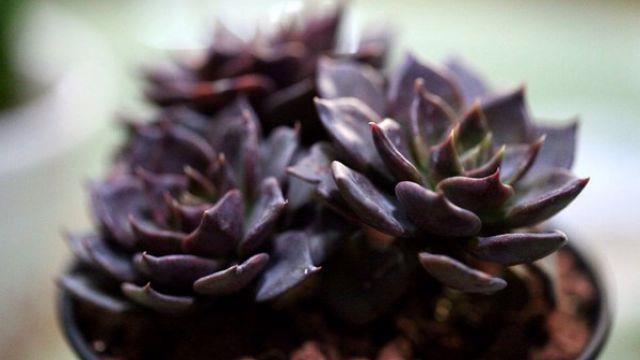
soil
Soil
It is advisable to use sandy soil with good drainage and ventilation to facilitate the elimination of excess water and the growth of plant roots; leaf humus, sandy soil and Prepare 1/3 of each garden soil. Repot the plant every 1 to 2 years in the spring and cut off the dead old roots.
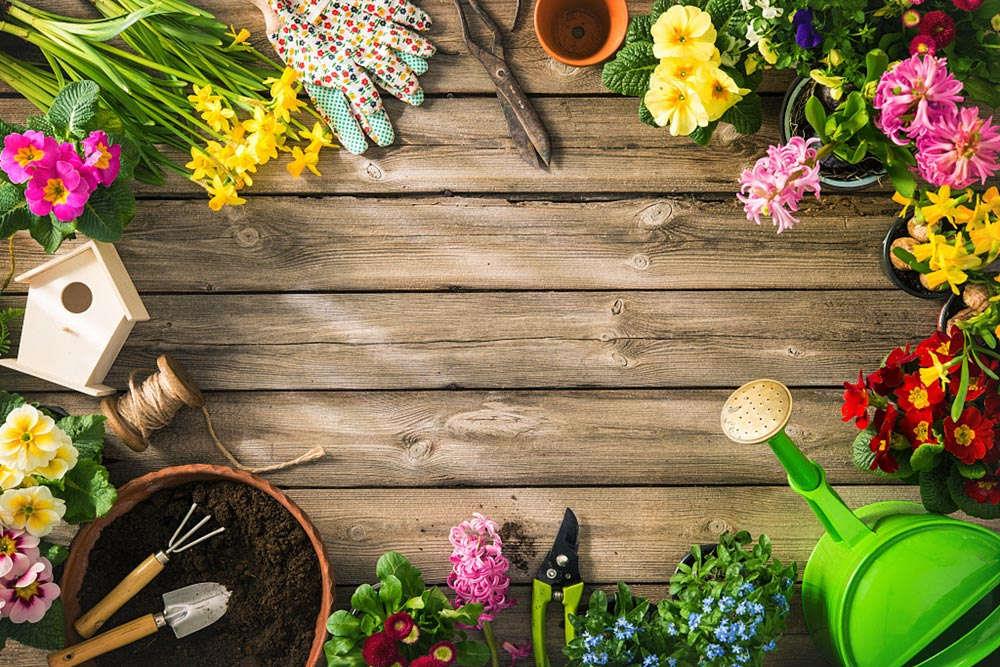
Temperature
The most suitable growth temperature for Black Prince is 15~25℃. Below 5°C, the plant stops growing and suffers from slight frostbite. Below 0°C, the water in the leaves freezes and the cells become necrotic. If the temperature is too high or too low in winter and summer, the plants will stop growing. Watering should be temporarily stopped and the frequency of watering can be resumed after the temperature recovers. When the temperature is high in summer, you should pay attention to ventilation and avoid prolonged exposure to the sun.
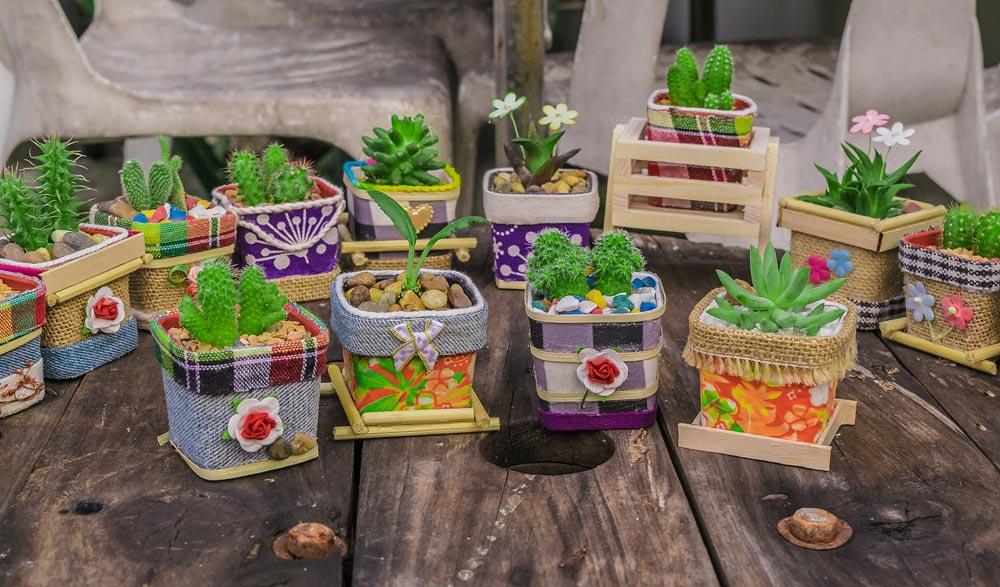
Water
Black Prince contains a certain amount of water in its body, so overwatering or being in a humid environment for a long time can easily cause rot. In order to avoid water accumulation in the roots, it is best to use pots with drainage holes at the bottom. Novices can choose terracotta pots with good air permeability. Glass containers absorb heat and have poor air permeability.

Lighting
The more sufficient light and the greater the temperature difference between day and night, the darker and brighter the leaves will be.
When the temperature permits, it is best to put it outdoors for curing to ensure sufficient light. Insufficient light or excessive moisture in the soil can easily cause leggy growth. The whole plant will appear light green or dark green, and the leaves will be sparse and elongated, seriously affecting the ornamental quality and even causing death due to limited photosynthesis.
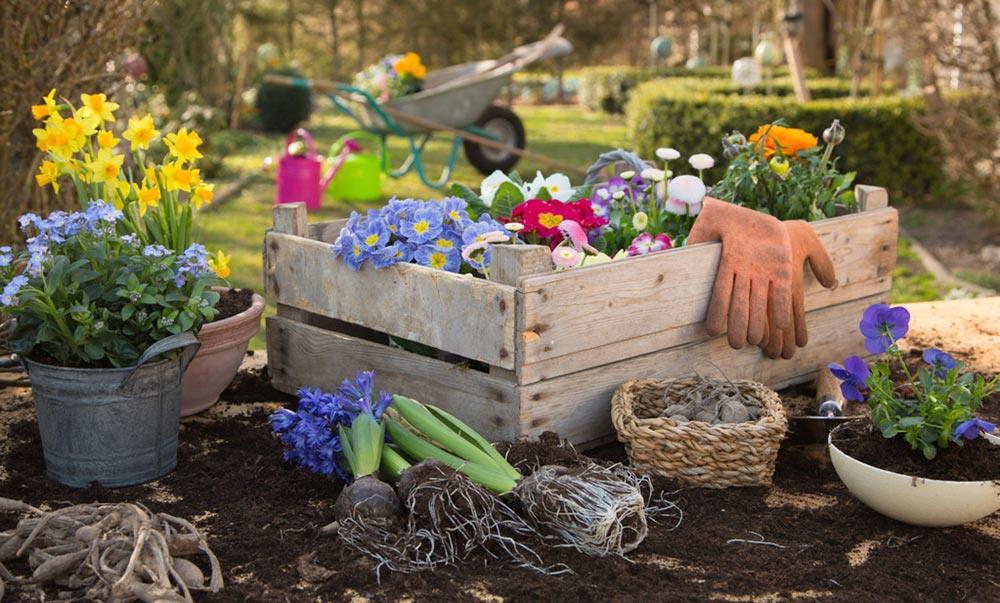
Pruning
Remove dry ones in time to avoid breeding of bacteria.
When the plant grows too long, you can also trim the top branches and leaves to shape it and control the height of the plant to maintain the beauty of the plant shape. The cut top part can be inserted into sandy and slightly moist potting soil to take root and become a new plant after the wound is dried. More lateral buds can sprout from the lower stems and branches.
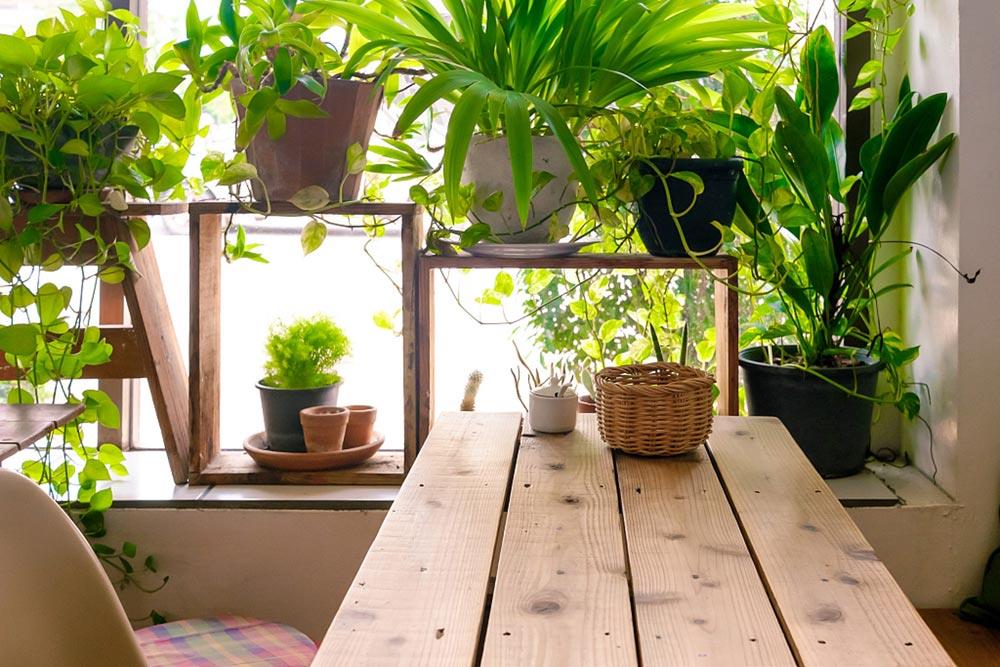
Notes
Black Prince has strong growth, so management can be a little more extensive.
Be careful to control watering during the dormant period in summer to avoid root rot caused by excessive moisture in the soil. In winter, due to less light, the leaves will turn green, especially the newly grown leaves, which is more obvious. This is not necessary. Regardless, when spring arrives, it will gradually turn black and purple as the light increases.
temperature
watering
illumination
prune
Precautions
- END -
What do strawberries look like, strawberry pictures

Strawberry is a perennial herbaceous plant. Its leaves are diamond-shaped, its pet...
Cultivation methods and precautions for red spot grass

Red spot grass is a perennial herbaceous plant with leaves covered with pink or wh...